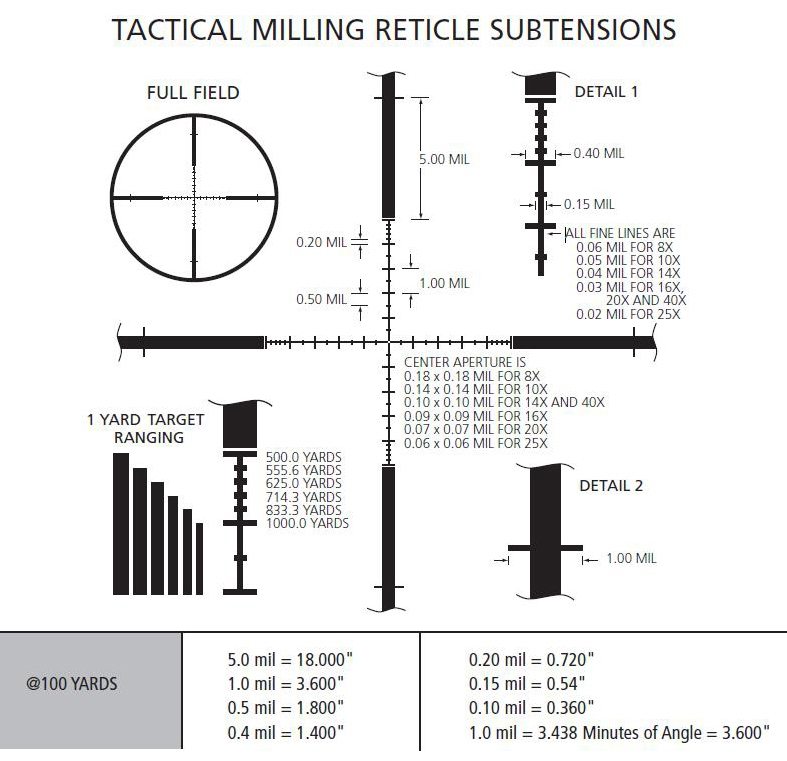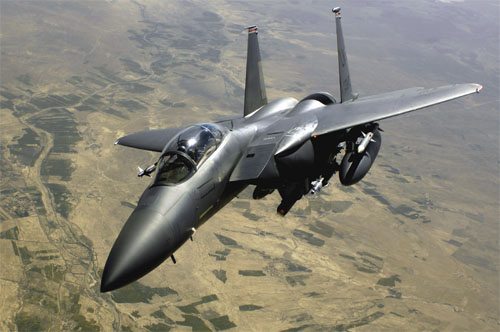Rand Corporation, Coalition forces in Operation Iraqi Freedom (OIF) were able to take down Saddam Hussein’s regime in less than three weeks, with comparatively few casualties.
The speed and relative ease of that victory raise two important questions:
– Why did the majority of Iraqi forces fail to offer significant resistance?
– Why did the Iraqi leaders fail to adopt defensive measures that would have made the Coalition invasion more difficult and costly?
A Rand Project Air Force (PAF) analysis of information derived from interviews with former senior Iraqi officials shows that the rapid collapse of the Iraqi resistance was due to a combination of factors:
– Saddam made strategic miscalculations, such as his belief that war with the United States could be avoided; that such a conflict would involve air attacks rather than an invasion; and that the Coalition would accept a negotiated settlement that left his regime in power.
– Saddam was preoccupied with internal threats. Measures aimed at forestalling coups and rebellions prevented the adoption of an effective defensive strategy, degraded the quality of Iraq’s military leadership and battlefield decision-making, and prevented the coordination and unified command of Iraqi forces.
– Iraq’s military strategy and operations were poorly designed and executed. The defensive scheme failed to exploit potential options for prolonging the conflict and maximizing Coalition casualties.
– Poor motivation and morale undermined the Iraqi defense. Harsh service conditions, the belief that resistance would be futile, and lack of willingness to fight and die for Saddam led the majority of officers and troops to do little fighting or to desert their units before being engaged.
– Superior military capabilities gave Coalition forces an overwhelming advantage. Coalition ground and air forces were able to deliver accurate, lethal fire on Iraqi targets at long ranges and at night. The Coalition’s ability to maneuver ground forces rapidly and to sustain them over long distances also undermined the Iraqi ability to mount a coherent defense.
U.S. decision-makers should be careful not to draw unwarranted lessons from OIF, particularly the notion that high-tech weaponry and communications will inevitably enable smaller ground forces to be decisive against larger, but less high-tech, enemy forces. The extraordinary advantages that Coalition forces enjoyed in Iraq during March and April 2003 may not be replicated in future conflicts.
While Saddam did not plan for a protracted guerrilla conflict, Iraqi actions before and during OIF helped facilitate and shape the insurgency that followed. The desertion of Iraqi military and governmental structures in April 2003 released into the countryside numerous persons with the skills, resources, and potential motivation to mount a resistance and deprived Coalition commanders of the indigenous military forces they had counted on to help stabilize Iraq.
Finally, OIF may influence the behavior of future adversaries. Enemies might seek to fend off or counter threats from superior U.S. military forces by acquiring nuclear weapons and/or adopting strategies that emphasize urban and guerrilla warfare.
Summary (PDF; 152 KB)
Full Document (PDF; 947 KB)









